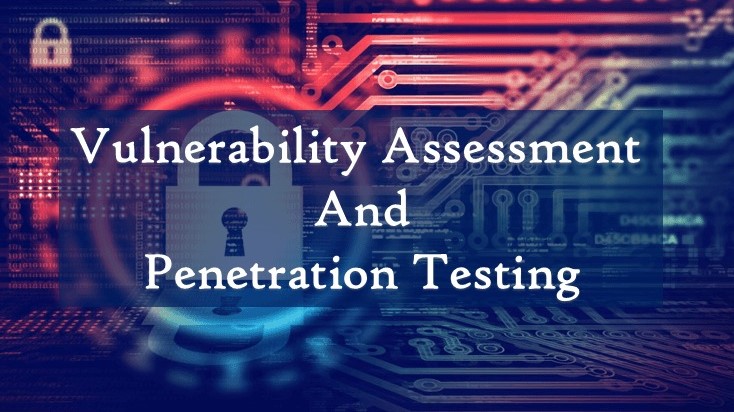In today's evolving digital landscape, organizations face constant threats from Cyber Attacks. Vulnerability Assessment (VA) and Penetration Testing (PT), collectively referred to as VAPT, are essential methodologies to secure digital and IT infrastructures.
Our VAPT services in India for 2025 are designed to safeguard businesses by identifying vulnerabilities, assessing their impact, and ensuring a robust Cyber Security mechanism.

A Vulnerability Assessment provides a systematic approach to identifying security loopholes within an organization's IT environment.
Key Benefits of Vulnerability Assessment:By conducting regular Vulnerability Assessment exercises, organizations significantly reduce the chances of Cyber Attacks and unforeseen damages to their IT systems.
Penetration Testing, or Pen Testing, simulates a cyberattack to determine if vulnerabilities identified during VA can be exploited. This proactive approach helps businesses prioritize fixes and strengthen their defenses.
Penetration Testing Use Cases:This initial phase involves collecting general information about in-scope targets. This ensures the testing scope aligns with your business objectives.
A detailed reconnaissance phase identifies additional vulnerabilities and insights. This is particularly useful in internal and external network penetration testing.
Using gathered data, we perform scans to identify open ports, services, subdomains, and other entry points that attackers might exploit.
This stage highlights potential weaknesses in IT assets or environments. It provides the groundwork for the subsequent penetration test.
This phase involves safely attempting to exploit vulnerabilities to evaluate their severity and potential impact.
After exploiting vulnerabilities, we analyze the potential damage and assess sensitive data exposure risks.
The final phase delivers a detailed report with findings, risk assessments, and remediation recommendations.

© Copyright 2025 Digital Task Force